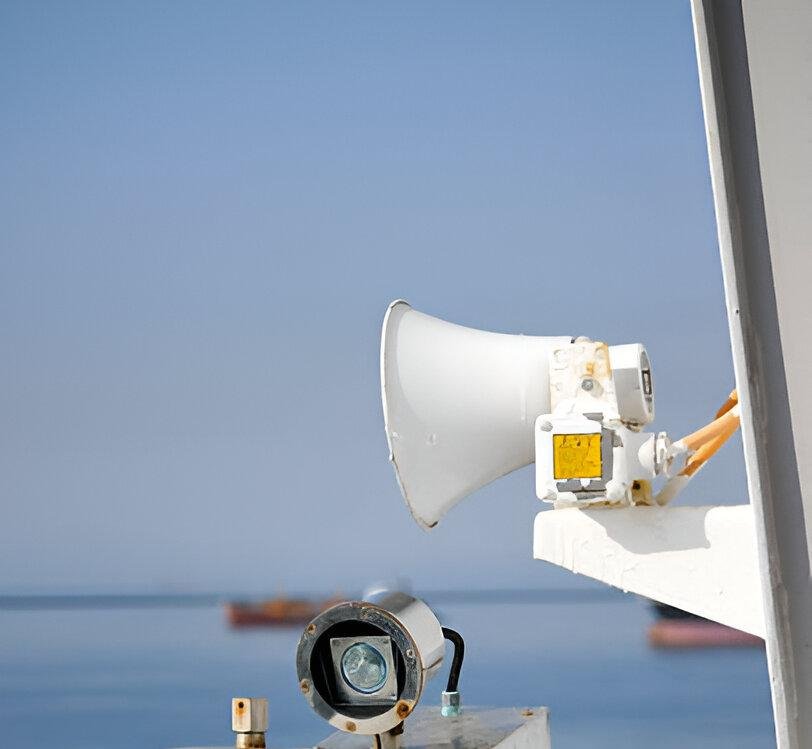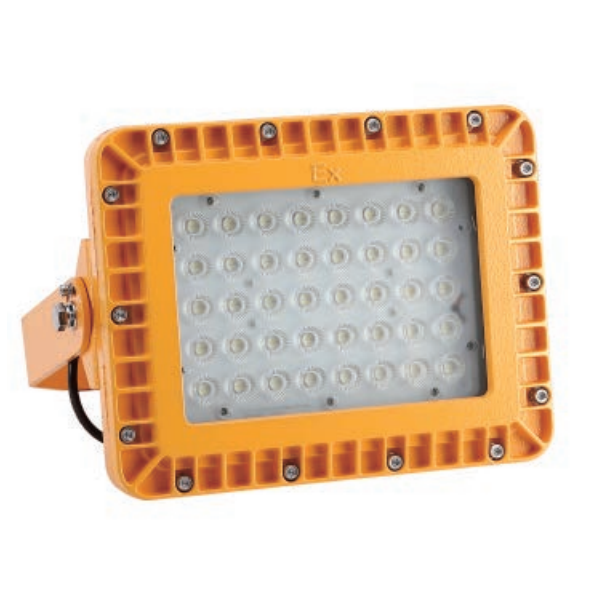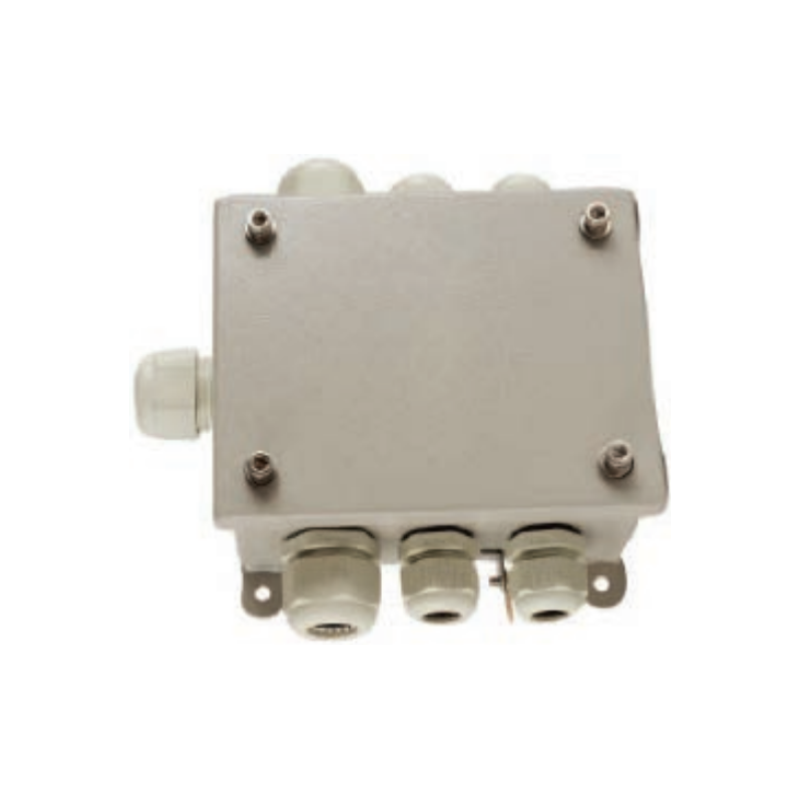Marine electronic horn, such as the BZCDD, are indispensable tools for ensuring safe navigation and effective communication on waterways. They serve as a universal language for vessels to convey warnings, intentions, and distress signals. For example, in dense fog or crowded shipping lanes, a clear horn signal can prevent catastrophic collisions.
Over time, marine horns have evolved from bulky pneumatic systems to sleek, efficient electronic devices that meet the demands of modern maritime operations. In this guide, we delve into the significance of marine horn signals, explore the technology behind them, and highlight why electronic horns are increasingly favored by shipowners. Whether you’re a buyer or an enthusiast, this article provides actionable insights into the world of marine signaling devices.
Types of Marine Horns and Their Working Principles
Types of Marine Horns
Marine electronic horn come in three primary categories based on their design and functionality:
- Pneumatic Horns: These traditional horns rely on compressed air to produce sound. They are well-suited for large vessels like cargo ships that require loud and continuous signals.
- Electronic Horns: Modern electronic horns generate sound using advanced audio components powered by electricity. They offer flexibility in signal patterns and are ideal for small-to-medium-sized vessels.
- Hybrid Horns: Combining pneumatic and electronic technologies, hybrid horns strike a balance between high sound output and operational versatility.
Working Principles
- Pneumatic Horns: Compressed air passes through a diaphragm or sound tube, creating vibrations that produce sound waves. These horns are robust but require significant maintenance due to their mechanical components.
- Electronic Horns: Electrical energy is converted into sound energy using speakers or transducers. This eliminates the need for moving parts, making electronic horns more reliable and easier to maintain.
Features and Advantages of the Marine Electronic Horn BZCDD
Technical Features
The BZCDD marine electronic horn is engineered with cutting-edge technology to address modern maritime challenges:
- Advanced electroacoustic components deliver crisp and powerful signals audible over long distances.
- Compact and lightweight design ensures easy installation on vessels with limited space.
- Optimized sound propagation minimizes interference from environmental noise.
Advantages
- Energy Efficiency: Consuming only 150W, the BZCDD is perfect for smaller vessels aiming to reduce operational costs without compromising performance.
- Low Maintenance: With no mechanical parts to wear out, maintenance is straightforward—saving time and money for shipowners.
- Flexible Installation: The horn’s compact design makes it adaptable to various mounting positions, ideal for retrofitting older vessels or customizing new builds.
Applications of Marine Horn Signals
Navigation Safety
Marine Sound Signals play a critical role in avoiding accidents:
- In low visibility conditions (e.g., fog or heavy rain), they warn nearby vessels of your presence.
- They communicate essential information such as course changes or passing intentions—ensuring smooth navigation in congested waterways.
Emergency Situations
During emergencies, marine horns become lifelines:
- They can signal distress or request immediate assistance from nearby ships.
- Onboard emergencies (e.g., fires or equipment failures) can be quickly communicated to crew members using distinctive horn patterns.
Specialized Uses
Small recreational vessels like yachts or fishing boats use electronic horns like the BZCDD for navigation aids, signaling during docking maneuvers, or alerting nearby vessels in case of sudden hazards.
Technical Specifications and Market Positioning
Technical Comparison
Below is a side-by-side comparison between the BZCDD and a competing model (HSD-90):
| Specification | BZCDD | HSD-90 |
|---|---|---|
| Operating Voltage | DC 12V/24V | DC 24V |
| Sound Pressure Level | 120dB | 130dB |
| Power Consumption | 150W | 250W |
| Frequency Range | 100–250Hz | 70–200Hz |
While the HSD-90 offers slightly higher sound pressure levels, the BZCDD stands out with its lower power consumption—making it a cost-effective choice for smaller vessels.

Market Positioning
The BZCDD caters to budget-conscious buyers and owners of small-to-medium-sized vessels who prioritize efficiency and reliability over maximum output. In contrast, high-performance models like the HSD series target large ships requiring robust sound levels and durability.
International Regulations and Standards
Marine horn signals must adhere to stringent international regulations:
- The International Regulations for Preventing Collisions at Sea (COLREGs), specifically Rules 35 and 36, dictate requirements for sound signals in restricted visibility.
- The International Convention for the Safety of Life at Sea (SOLAS) outlines specifications for signaling devices on ships.
Compliance with these standards ensures that marine horns like the BZCDD can be used globally without legal or operational issues—making them reliable tools for international voyages.
Usage and Maintenance Tips
Usage Guidelines
To ensure optimal performance:
- Regularly test your horn to confirm it operates correctly.
- Select appropriate signal patterns based on environmental conditions (e.g., short blasts for warnings or prolonged sounds during emergencies).
Maintenance Recommendations
Proper care extends your horn’s lifespan:
- Clean the exterior frequently to prevent corrosion caused by saltwater exposure.
- Inspect electrical connections for signs of moisture or looseness; address any issues promptly to avoid malfunctions.
—
The BZCDD marine electronic horn exemplifies modern advancements in maritime signaling devices—offering energy efficiency, ease of use, and adaptability that make it an excellent choice for today’s shipowners. Looking ahead, innovations such as wireless connectivity, integration with onboard navigation systems, and AI-driven signal customization promise to further enhance performance while simplifying operations.






